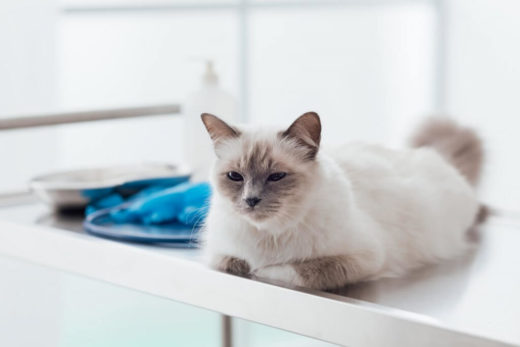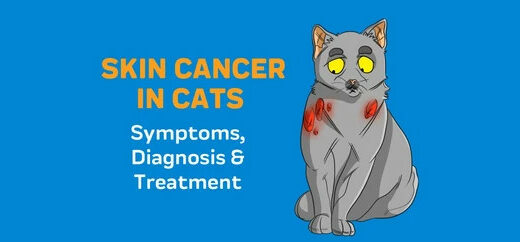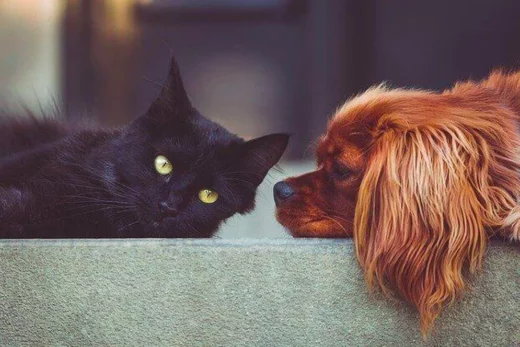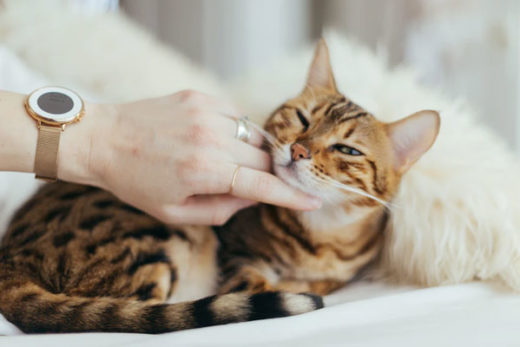As a cat lover, you want to understand everything you can about your feline friend’s health and wellness.
Hyperthyroidism affects about 10% of senior cats, so it’s an essential issue to keep on your radar.1
Hyperthyroidism describes a hyper or overactive thyroid. It can occur in humans, cats, and canines alike. The thyroid plays a role in the production of hormones. When it’s off-balance, the first signs are changes in appetite, urination, and thirst.
Whether your cat’s been diagnosed with hyperthyroidism or you’d like to better understand potential reasons for shifts in weight and behavior, this is your guide to hypothyroidism in cats.
What Causes Hypothyroidism?
The thyroid is an essential part of the mammalian endocrine system. Located near the base of the neck, the thyroid gland produces hormones that regulate the metabolism:2
- Triiodothyronine, aka T3
- Thyroxine, aka T4
T3 and T4 hormones circulate throughout the body via the bloodstream, interacting with many other organ systems. As a result, the thyroid and its hormones play a role in the following bodily functions:
- Appetite
- Energy levels
- Digestion
- Weight loss and weight gain
- Heart rate
- Skin health
- Internal temperature
- Mood
When the thyroid gland is off-balance, it can produce too little hormone (hypothyroidism) or too much (hyperthyroidism).
While hypothyroidism is less common in cats, hyperthyroidism is relatively common in middle-aged and older kitties. Most often, one or both thyroid glands become enlarged and begin to overproduce T3 and T4 hormones.
What causes thyroid glands to become enlarged in the first place?
According to the Cornell College of Veterinary Medicine, there are two potential direct causes.3
- Adenomas – Non-cancerous tumors called adenomas can arise on one or both sides of the thyroid gland. These are the more common causes of hyperthyroidism.
- Adenocarcinomas – Less often, the thyroid is enlarged due to a malignant (cancerous) adenocarcinoma tumor.
Risk Factors
What puts your cat at risk for developing malignant or non-malignant thyroid growth?
Like many health issues, a kitty’s risk increases with age. The average age for cats to develop hyperthyroidism is 13 years old.4
Beyond age, veterinarians speculate that lifestyle can play a role.
- Diet – As you probably already know, making good choices about your cat’s diet can help preserve their health in the long term. A deficit of essential nutrients or a surfeit of harmful substances can affect overall health.
- Chemical exposure – Also, some scientists speculate that exposure to chemicals can harm the thyroid. After all, they’re much smaller than we are, and a small amount of a toxic substance could have a more significant impact on their health.
One ingredient that shows up in food and on the list of potentially harmful chemicals is polybrominated diphenyl ether (PBDE)5. This class of flame-retardant compounds is used in household textile, including sofa coverings. It’s also significantly prevalent in seafood-flavored cat food. Yet another reason to choose natural and organic ingredients!
Other chemicals that can affect your cat include:





